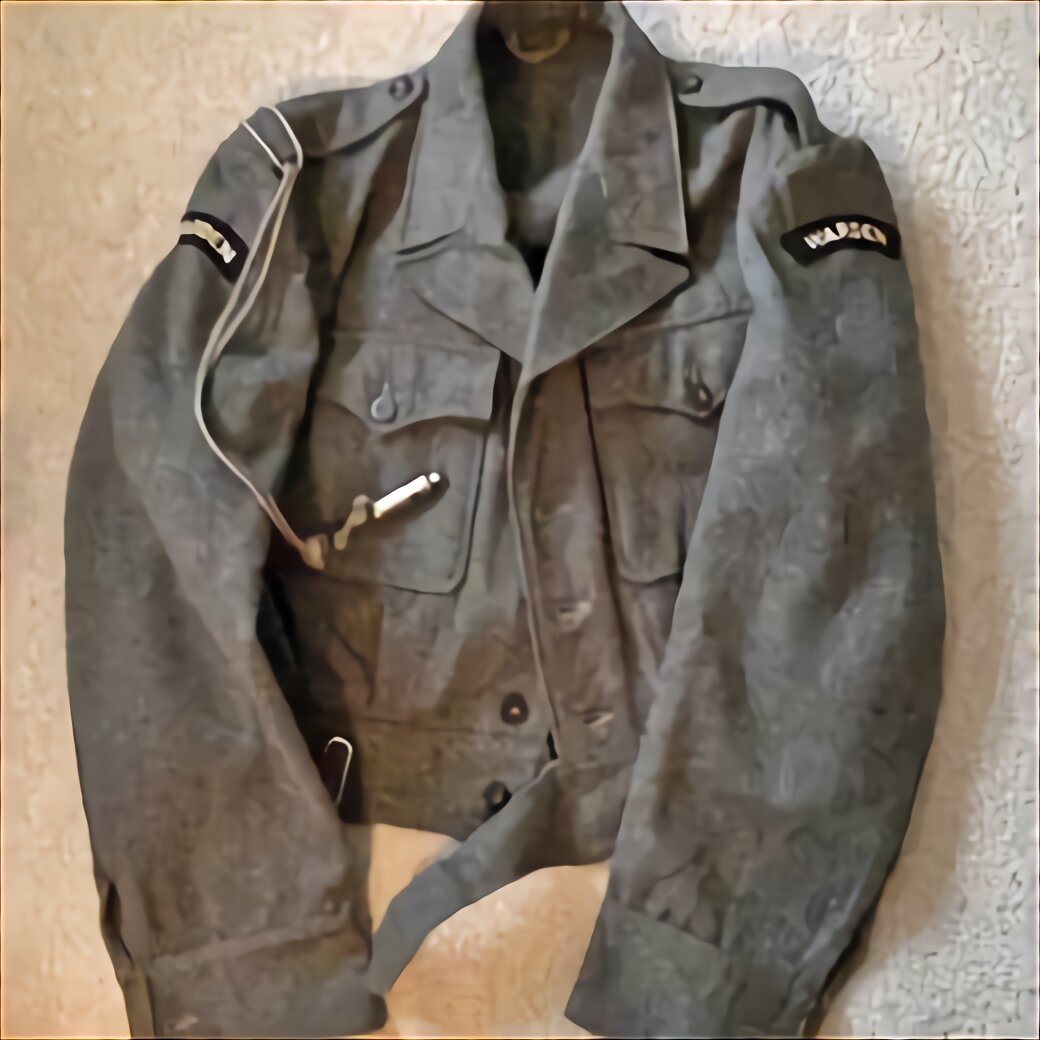Table of Content

In 1921, the French army decided to replace the "bleu horizon" with khaki. Because of huge stocks, this measure was fully effective in 1937. However, during the Phoney War, some third-line troops were still equipped with "bleu horizon" uniforms. The move towards camouflage began in India, and khaki was used during the Indian rebellion of 1857. The Japanese tried monochrome green during the 1905 conflict with Russia, but entered World War II with monochrome mustard khaki uniforms. Some were fitted with special loops to aid the attachment of natural vegetation.
Though the jacket was similar to the U.S. design, the trousers maintained the battledress design, but with some features copied from American olive drab herringbone twill trousers. Newly available synthetic materials were utilised in one version of the new Olive Green uniform, as it was called. Until well into the post-World War II era, the Canadian Army had worn battle dress uniforms similar to their British and Commonwealth counterparts, though with different national identifiers and regimental accoutrements .
Reproduction British Army BDU 40 Pattern Tunic Battledress Jacket Pattern 40
Very early on – this Special Forces unit was photographed in country in 1964 – this meant the duck hunter camouflage pattern that dated from World War II. Soldiers in the Pacific fought in herringbone twill fatigues in olive drab shade number seven, which was adopted in 1943 as summer combat clothing. Local commanders had the option of allowing troops to roll their sleeves up and leave their collars open. Later during her reign, Amidala used the handmaiden's battle dress when a sando aqua monster disturbed the royal boathouse. During the Clone Wars, she wore it for a mission with her husband, Anakin Skywalker, that was unexpectedly joined by his Padawan, Ahsoka Tano. Other, unofficial, patterns utilized in Vietnam included black-dyed or spray painted jungle fatigues, often used by special purpose forces, and various Vietnamese Tigerstripe patterns , or commercial "duck hunter" patterns.
The new uniform added additional pockets, a mandarin collar that could be worn up or down, zippers, moved the rank insignia to the center of the chest and featured hook-and-loop tape for name tapes, rank insignia and badges. Later updates included flame-resistant material and the option for sewn-on tapes and badges. After Soldiers reported that the dark patches on the DBDU made it difficult to blend into the terrain effectively, the Army began issuing a new, three-color desert camouflage uniform in July 1991.
When / Where Can I NOT Wear My Uniform?
The individual wearing battle dress is effectively doubled in strength and given unlimited endurance (for lifting, carrying, and fighting purposes; not for wounds received) and can also use the suit’s capabilities to surprise the enemy. In real life, "Battle Dress" usually denotes any type of combat uniform, not necessarily an armored one. The move towards camouflage began in India, and khaki was used during the Indian Mutiny . It became standard in India in 1885, for all foreign postings in 1896, and was adopted throughout the army in 1902 during the Second Boer War. A mannequin showcasing a uniform with a camouflage pattern that was formerly used by the Japanese Self-Defense Forces.
Just CTRL+Shift+L to use the Real-Time Translation feature and instantly translate the game in a language of your choice. With Multi-Instance, playing Fashion Battle – Dress to win is even more thrilling. Open multiple instances and play the same game from different accounts. Farm in-game resources with ease in Fashion Battle – Dress to win. Enable the Eco Mode when running the game in multiple instances. Focus more on the fun part of the game, skip the tedious aspects.
The Mexican-American War
UF PRO offers an impressive range of tactical and combat jackets for those conditions and more. Police and tactical operators favour solid colors because they have no desire to hide. They want to stand out and they want the public to respect their authority.
In 1990, a new army pattern was introduced, a four-colour named "Vegetata"; a desert version was also issued from 1992. The first French battledress was introduced in 1945 and was made of a heavy cotton duck, sometimes taken from old German stocks and based on the same design as the British 1937 pattern. Coming in matching camo, the Cold Weather Field Jacket/Coat, with its removable liner, provided warmth for cold or cool weather.







